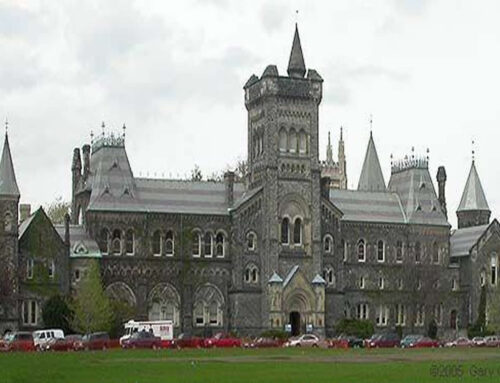Do we know precisely what it is our people do?
When I was the CEO of a rapidly growing technology company, one of our competitors poached our top talent. In a matter of days, we were scrambling to gather as much information as possible about the status of our current sales and project management activities.
We were embarrassed about having to ask our best customers for information about our own people, processes and mission critical tasks. In the end, despite our frantic efforts, key information about our organization and the customers we served walked right out the door, quite literally. It became clear to me that we did not know precisely what our people did and we underestimated the vast amount of organizational knowledge that lived in their heads. In the aftermath of this corporate poaching, all I was left with was a long list of unanswered questions and vacancies that we were unprepared to fill.

In the near future, Canada and the United States will experience additional workforce challenges including shortages in senior leadership candidates, changes in generational numbers in the workplace and increasing staff turn over. It has never been more important to have an in-depth understanding of the knowledge and expertise held by the top talent in your organization.
This understanding needs to go above and beyond the traditional list of roles and responsibilities to also uncover the tacit knowledge found ‘between the lines’ of the common job description. By capturing this information we create a powerful tool to be used for targeted succession planning that accurately reflects every aspect of a role. Only then can succession planning effectively determine the gaps in capabilities and knowledge that needs to be understood in order to hire and on board ideal candidates.
It became clear to me while working with some of the worlds most recognized companies that organizations that understood exactly what their employees were doing, and how they were doing it continued to thrive during times of change. This empowered the managers within these companies to reconcile what their employees were doing in the present with what the ideal future state needed to look like for their role. Managers were then well positioned to turn challenges into growth opportunities and encourage innovation in their staff.
The advantages of knowing exactly what each employee is doing in their role creates an edge for complex organizations such as nuclear power generation, aviation, manufacturing, financial institutions and the broader public sector. Only when we understand precisely how each role is being executed today can we set the right priorities and make the right decisions necessary to build high performing workers, teams and leaders. So ask yourself, do you know precisely what it is that your people do?


















